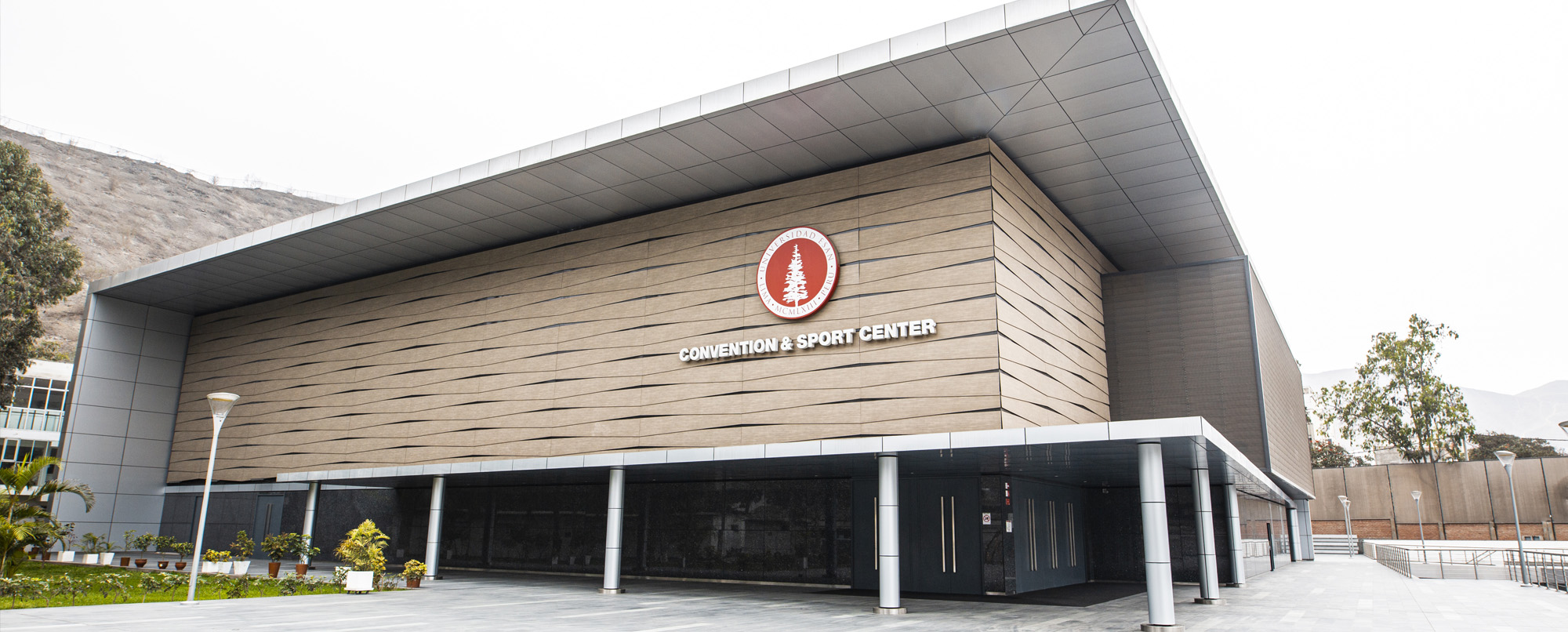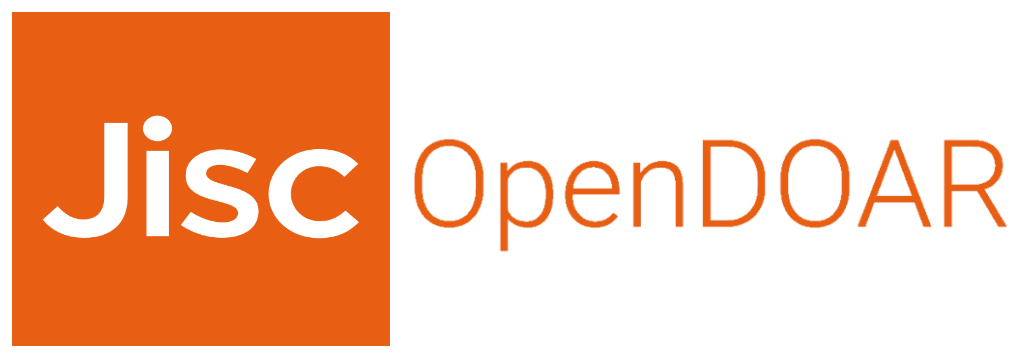







El Repositorio Institucional de la Universidad ESAN tiene como objetivos preservar y difundir el conocimiento académico y científico producido en la universidad bajo los parámetros de acceso abierto
Envíos recientes
listelement.badge.dso-type Ítem , listelement.badge.access-status Acceso Abierto , Plan de negocios para la elaboración de menú con ingredientes orgánicos y su delivery a los centros empresariales del distrito de Santiago de Surco (Lima Metropolitana)(Universidad ESAN, 2025) Naupari Machado, Fernando Loli; Pajares Correa, Franco; Siles Zapata, Guillermo; Chirinos Valdivia, César Octavio AugustoEsta investigación evalúa la viabilidad técnica y financiera de implementar un modelo de negocio de menús gourmet elaborados con insumos 100% orgánicos, distribuidos mediante delivery en los centros empresariales de Santiago de Surco, Lima. El estudio aborda la carencia de una oferta gastronómica orgánica accesible en el mercado corporativo limeño, condicionada por altos costos de certificación. Metodológicamente, se empleó un enfoque mixto: fase cualitativa (cuatro focus groups) exploró hábitos alimentarios, mientras que la fase cuantitativa (200 encuestas) determinó una intención de compra del 30.5%, proyectando una demanda potencial de 17,237 menús mensuales. La estrategia competitiva se centra en la segmentación enfocada, diferenciada por la innovación en procesos mediante el uso de tecnologías de información (CRM, SCM y ERP) para optimizar la logística y la personalización del servicio. Los resultados de la evaluación económica-financiera confirman la rentabilidad del proyecto, con una inversión inicial de S/. 199,284, obteniendo un VAN económico de S/. 287,963 y una TIR económica del 12% trimestral. El VAN financiero de S/. 303,942 y una TIR del 15% validan la viabilidad del negocio, potenciada por el uso de financiamiento verde. Se concluye que el modelo es escalable y responde eficazmente a las tendencias de consumo saludable y sostenibilidad.listelement.badge.dso-type Ítem , listelement.badge.access-status Acceso Abierto , El impacto de la experiencia de compra online en la fidelización mediante la satisfacción del adulto joven al comprar productos textiles en retails en Lima Este en el 2025(Universidad ESAN, 2025) Pretto Rojas, Laura Lucia; Cárdenas Rios, Mónica GuiselaEl presente estudio tuvo como objetivo identificar el impacto de la experiencia de compra online en la fidelización mediante la satisfacción del adulto joven al comprar productos textiles en retails en Lima Este en el 2025. Se encuestó virtualmente personas entre los 21 y 35 años residentes de Lima Este y compradores online de uno o más artículos del rubro textil en algún retail en los últimos 6 meses. Posterior a ello, se dispuso a hacer el análisis estadístico empleando programas estadísticos como SPSS y Jamovi; y se obtuvieron resultados que le brindaron validez y relevancia al modelo. Se concluyó que la Calidad de la información, la seguridad percibida, la variedad y la entrega del producto impacta la satisfacción del adulto joven, y esta a su vez a la fidelización, dentro del marco de estudio.listelement.badge.dso-type Ítem , listelement.badge.access-status Acceso Abierto , Trabajo de suficiencia profesional para optar el título profesional de abogado Informe sobre el expediente N° 236-2021/CC2-INDECOPI(Universidad ESAN, 2025) Alegre Rodriguez, Arturo Joseph; Luis Ernesto, Marín VillaránEl informe realizado estudia los derechos del consumidor a través de un caso en el que el proveedor no cumple con los deberes impuestos por la norma. Se realiza un análisis exhaustivo sobre figuras jurídicas como la idoneidad, los reclamos y el libro de reclamaciones, determinándose si en el presente caso la inmobiliaria denunciada generó infracción a todos estos deberes. En ese sentido, se llegó a concluir que la inmobiliaria denunciada si incurrió en infracción al deber de idoneidad, pero solo en algunas de las imputaciones realizadas, sí generó infracción a la normativa del libro de reclamaciones al no expedir inmediata un copia del reclamo interpuesto y no atendió un reclamo interpuesto por la denunciante.listelement.badge.dso-type Ítem , listelement.badge.access-status Acceso Abierto , Efecto de la maternidad sobre los ingresos femeninos de Perú entre los años 2019 y 2023(Universidad ESAN, 2025) Sanchez Paredes, Sherikatty; Mantilla Gonzales de la Cotera, Eduardo JavierLa investigación examina la influencia de la maternidad en los ingresos de las mujeres en el Perú, empleando identificaciones de panel de la Encuesta Nacional de Hogares (ENAHO) entre 2019-2023. La investigación busca aportar evidencia empírica que complemente los estudios previos y contribuya al diseño de políticas públicas orientadas a reducir las inequidades de género en el entorno ocupacional. La estrategia metodológica se desarrolla en dos enfoques: la comparación entre madres y no madres, y la diferenciación de las madres según la edad de sus hijos. Se aplican modelos de identificaciones de panel estimados por mínimos cuadrados ordinarios agrupados, efectos fijos y aleatorios, lo que permite controlar factores no observables como habilidades, entorno familiar y calidad educativa. Asimismo, debido a que la participación laboral no es aleatoria y puede estar influida por la maternidad, se utiliza el tipo de selección de Heckman. Finalmente, se incorpora la disgregación Oaxaca-Blinder para cuantificar la brecha salarial entre madres y no madres. Los hallazgos evidencias, primero, que la maternidad ejerce un impacto negativo y significativo sobre los ingresos femeninos. Segundo, que la disparidad salarial no se manifiesta únicamente por desacuerdos en capital humano, sino también por factores no observables vinculados a discriminación laboral.listelement.badge.dso-type Ítem , listelement.badge.access-status Acceso Abierto , El efecto de la calidad del servicio de los proveedores de Internet fijo en la lealtad a través de la satisfacción de clientes titulares de 26 a 55 años residentes en Lima, 2025(Universidad ESAN, 2025) Yance Ferrua, Karinna Widani; Valdez Salas, Mario MartínSe analizó el efecto de la calidad del servicio de los proveedores de Internet fijo en la lealtad a través de la satisfacción de clientes titulares de 26 a 55 años residentes en Lima, 2025. Se incorporó la satisfacción como variable mediadora, siguiendo a Jaudeh et al. (2018) y Thaicon et al. (2015). Se retomó el enfoque de Quach (2016) y se adaptó el modelo de Rachmawati (2020) incluyendo las dimensiones de satisfacción técnica y funcional de Akroush y Mahadin (2018). De diseño no experimental y transversal, y de alcance explicativo utilizó un cuestionario aplicado a 384 clientes. Los resultados mostraron que la calidad de servicio tiene un efecto positivo en la lealtad del cliente a través de su satisfacción. Además, la calidad de red y la información y soporte web tienen efectos positivos en la satisfacción técnica y en la satisfacción funcional. La atención al cliente y soporte técnico sólo tuvo efecto positivo en la satisfacción funcional, y la privacidad y seguridad solo tiene efecto positivo en la satisfacción técnica. Ambas dimensiones de satisfacción influyeron positivamente en la lealtad actitudinal y en la lealtad conductual.


















